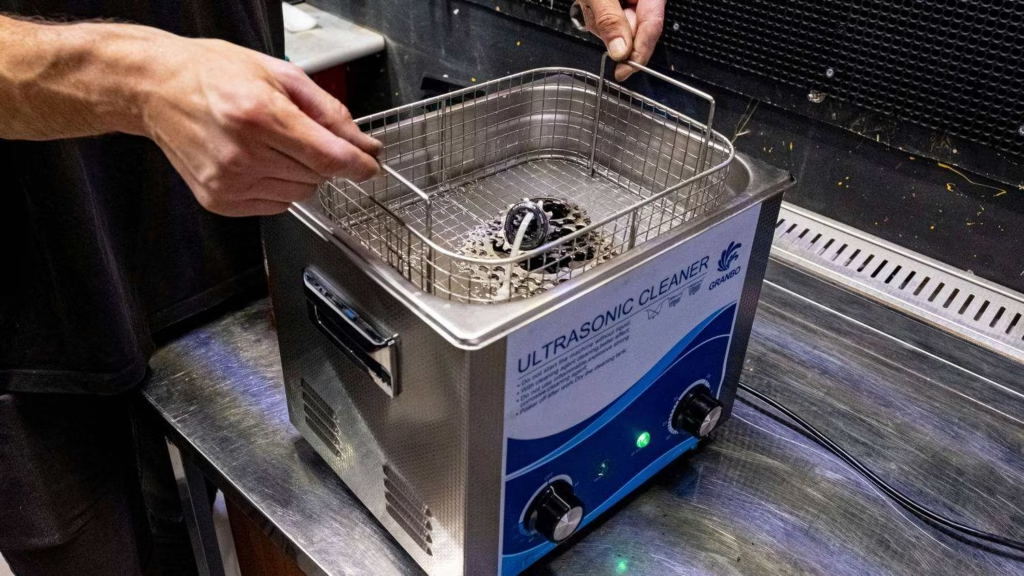Dive into the APES score curve for 2026, including how AP exams are scored, composite score calculations, and the Environmental Science grading scale. Learn raw score conversion tips to aim for a 3, 4, or 5.
Table of Contents
Key Takeaways
Getting a handle on the AP Environmental Science (APES) scoring system can clear your path to college credit. The exam mixes your multiple-choice and free-response scores. These are weighted together and then curved to the 1-5 scale you see on score reports. Recent pass rates for a score of 3 or higher have been between 54% and 69%. Smart prep can boost your chances for a top score. Focus on the key units to build a strong composite score. This often leads to earning credit at many colleges.
Want to see where you stand? You can check out a helpful APES score calculator here.
Introduction: Unlocking the Mystery of Your APES Score
You study for months. You learn about ecosystems, pollution, and sustainable energy. Then you get a single number from 1 to 5. What does it really mean? How do your answers on 80 multiple-choice questions and three free-response prompts turn into a score that earns college credit? If you are taking the 2026 APES exam, knowing how the score curve works is your secret weapon. It turns guesswork into a smart plan.
This guide breaks down the APES scoring process step by step. You will learn how your raw scores combine into a composite score. You will see how the curve adjusts for difficulty. We will also look at real data from 2024 and 2025. This will show you what it takes to get a 3, 4, or 5. By the end, you will know how to focus your study time. Let us empower your AP journey.
Understanding the APES Exam Structure
First, you need to know the exam’s layout. The AP Environmental Science test is called APES. It checks your knowledge with a mix of question types. Each part affects your final score differently.
Multiple-Choice Section: The Foundation of Your Raw Score
The multiple-choice part is 60% of your total score. You have 90 minutes to answer 80 questions. These cover topics like biodiversity, energy, and global change.
- Question Types: You will see single questions and sets based on data. There is no penalty for wrong answers. So, always take a guess!
- Content Breakdown: Units like Global Change and Energy Resources make up a big part of the test.
- Scoring Insight: You get one point for each correct answer. The highest raw score you can get is 80. In 2024, students averaged about 50% correct here.
This section tests quick recall. A good score here can help balance a weaker performance on the free-response questions.
Free-Response Section: Showcasing Analytical Skills
This section is 40% of your score. It requires deeper thinking. You have 70 minutes for three questions. Each is worth up to 10 points, for a total of 30.
- Question Formats: One question asks you to design an experiment. Another involves analysis without math. The third usually needs calculations.
- Key Skills Assessed: You will propose solutions, interpret data, and do math like population growth rates.
- Rubric Essentials: Trained graders use a detailed rubric. Points are given for specific parts of your answer, like naming variables. Clear, evidence-based answers score best.
Short paragraphs or bullet points often work well. Clarity is more important than length. Data shows students often find this section challenging, so practice is key.
How Raw Scores Are Calculated
Raw scores are your simple, unadjusted points before any weighting. They are the building blocks for your final score.
Calculating Multiple-Choice Raw Scores
Your multiple-choice raw score is just your number of correct answers. There are no deductions for wrong answers.
- Example: If you get 60 out of 80 questions right, your raw score is 60.
- Strategic Tip: Focus on high-yield topics to get the most points for your effort.
- Common Pitfalls: Misreading data can cost you points. Practice with real exam questions.
This score has a big impact on your final result.
Determining Free-Response Raw Scores
Graders use a rubric to score your free-response answers. Each of the three questions is broken down into parts.
- Rubric Highlights: For an experiment question, you might get points for a hypothesis, variables, and data analysis.
- Real-World Example: A prompt on soil erosion might give points for describing solutions and doing calculations.
- Scoring Trends: In 2025, students did better on the math-based questions.
Your total free-response raw score is the sum from all three questions. Be precise and stick to what the question asks.
The Composite Score: Weighting the Sections
Your raw scores are combined into a composite score. This step applies the section weights to balance your skills.
The Weighting Formula Explained
The composite score brings your multiple-choice and free-response results onto a common scale. The multiple-choice part is worth 60% and the free-response is 40%.
- Step-by-Step Calculation:
- Multiple-Choice Weighted: (Your Raw Score / 80) × 60
- Free-Response Weighted: (Your Raw Score / 30) × 40
- Composite Score = MCQ Weighted + FRQ Weighted
This system is fair. The free-response needs more depth but counts a bit less toward the total.
Examples of Composite Score Computation
Let us look at some examples based on recent exam data.
- Average Performer: Raw MCQ 48/80, Raw FRQ 15/30. Composite Score: 56. This often curved to a 3.
- High Achiever: Raw MCQ 72/80, Raw FRQ 24/30. Composite Score: 86. This is typically a 5.
- Borderline Case: Raw MCQ 40/80, Raw FRQ 12/30. Composite Score: 46. This might still get a 3.
Small improvements in your raw scores can make a big difference in your composite score.
Factors Influencing Your Composite
The exam changes a little each year. In 2025, the free-response section stressed math skills. This helped students who were strong in that area.
- Unit Impact: Doing well in high-weight units can add many points to your composite.
- Practice Effect: Taking practice tests can lead to big gains in your final score.
The Score Curve: Converting Composite to 1-5
The “curve” adjusts for difficulty. Your composite score is mapped to the 1-5 scale. This makes scores fair from year to year.
What Is the APES Score Curve?
The curve keeps scoring consistent. If an exam is harder, you might need a lower composite to get a high score. Data from past years helps set the curve.
Analyzing 2024 Score Curve Data
In 2024, over 236,000 students took the exam. The average score was about 2.8. The pass rate for a 3 or higher was 54.1%.
- Score Breakdown:
- 5: 20.1%
- 4: 25.8%
- 3: 17.4%
- 2: 27.5%
- 1: 9.2%
- Insights: Strong multiple-choice performance was key for getting a 5.
Insights from 2025 Score Curve Trends
In 2025, the average score rose to about 2.9. The pass rate jumped to 69.2%.
- Score Breakdown:
- 5: 15.8%
- 4: 15.0%
- 3: 28.8%
- 2: 27.8%
- 1: 12.6%
- Key Changes: It was easier to get a 3. The curve was gentler, especially on math-heavy questions.
Estimating Your Score: Raw to Composite to Scale
Based on recent data, here is a rough guide. The exact numbers can change each year.
- 5 (Extremely Well Qualified): 70-100 composite. Aim for ~65+ on MCQ and 22+ on FRQ.
- 4 (Well Qualified): 55-69 composite. Aim for 50-64 on MCQ and 18-21 on FRQ.
- 3 (Qualified): 40-54 composite. Often 40-49 on MCQ and 12-17 on FRQ.
- 2 (Possibly Qualified): 25-39 composite.
- 1 (No Recommendation): 0-24 composite.
Strategies to Beat the Curve
Get ready for the 2026 curve with these tips.
- Target Weak Areas: If free-response questions are tough for you, practice them more.
- Simulate Exams: Take full practice tests. Aim for a raw score over 60% to be in a safe zone.
- Leverage Trends: Recent exams focus on problem-solving. Practice applying your knowledge to real-world issues.
These steps can help you get a better score.
Common Myths About APES Scoring Debunked
Let us clear up some misunderstandings.
- Myth: The Curve Is Harsh. Truth: Pass rates of 54-69% show it is fair and accessible.
- Myth: FRQs Are Subjective. Truth: Graders use strict rubrics for consistency.
- Myth: Raw Scores Alone Predict Outcomes. Truth: The weighting and curve mean the composite score tells the whole story.
Preparing for the 2026 APES Score Curve
Get set for the 2026 exam.
- Study Tips: Build your skills in the units that count the most.
- Resources: Use official practice materials to understand the rubrics.
- Goal Setting: Set target raw scores based on the final score you want.
Conclusion: Master the Curve for APES Success
We have walked through the APES score process. You saw how raw scores become a composite score and then your final 1-5 score. Data from 2024 and 2025 shows that high scores are within reach with focused work. The curve is not your enemy. It makes sure your hard work pays off.
Your takeaway? Use scoring as your roadmap. Track your raw scores, guess your composite, and follow the trends. Whether you want college credit or just the knowledge, mastering this process builds confidence. Ready to boost your APES game? Start practicing today. Your future self will thank you.

























